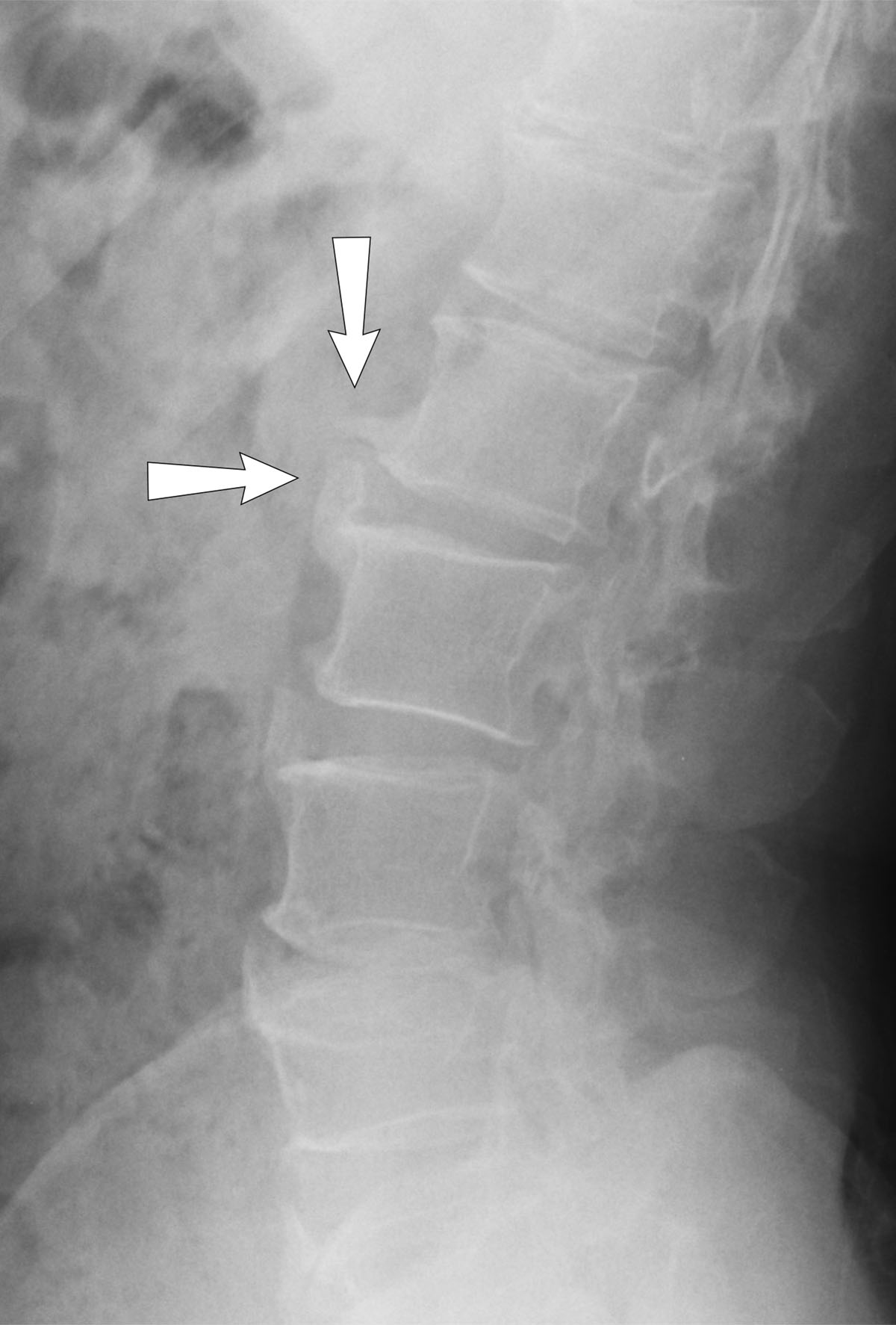
Lumbar spondylosis is a degenerative disease of the lumbar spine. It occurs due to narrowing of the space between the lumbar vertebrae and features with back pain. Lumbar spondylosis may also include numerous neurological symptoms. This disease predominantly affects older people, particularly people above forty years of age. Degeneration of lumbar vertebrae typically leads to moving of one vertebra over the other. Misplacement of the affected vertebrae finally results in contracting of the spinal canal. This leads to compression of the spinal nerves and the occurrence of symptoms.
Causes of Lumbar Spondylosis
A variety of factors contribute to lumbar spondylosis. Physical injury of this region of the spine and lifting of heavy objects are only two possible causes of lumbar spondylosis. Some people are genetically predisposed to this condition. Lumbar spondylosis is also frequent among obese people and those who spend many hours sitting.
Symptoms of Lumbar Spondylosis
Mild cases of lumbar spondylosis may be asymptomatic. Still, in many patients there is sciatic pain which drives them to see their doctors. The patients most commonly complain about stiffness of the lumbar spine which is the most intensive in the morning.
In advanced stage of the disease when the space between discs in the lumbar spine becomes narrowed one may complain about numbness and tingling sensations in lower extremities. Furthermore, there is a pain which is either localized to lumbar spine or it radiates towards legs. In extreme cases the patients lose control over bladder and may even develop more severe neurological problems.
Diagnosis and Treatment for Lumbar Spondylosis
The doctors can set the diagnosis with the assistance of X-ray of the spine. Neurological examination points to the damage caused by degeneration of the lumbar spine. Neurological examination also points to the presence and extent of damage caused to the spinal nerves. The treatment for lumbar spondylosis varies according to the severity of the disease and patient's age. This particularly refers to certain treatment modalities such as surgery.
Mild cases of lumbar spondylosis are treated with medications and physical therapy. Physical therapy increases flexibility of the spine and strengthens spinal muscles.
Extreme cases of lumbar spondylosis are treated surgically. Not all patients are suitable candidates for surgical repair. Namely, those who are very old and those suffering from serious medical conditions cannot be operated.
Patients are also advised to change their habits in order to relieve the pain. They are supposed to lose weight if they are obese and even make drastic changes such as change of profession. This particularly refers to people who are engaged in lifting of heavy objects. Additional help may be obtained from a corset or brace.


-Causes,-Symptoms,-Diagnosis,-Treatment_f_280x120.jpg)










_f_280x120.jpg)



Your thoughts on this
Loading...